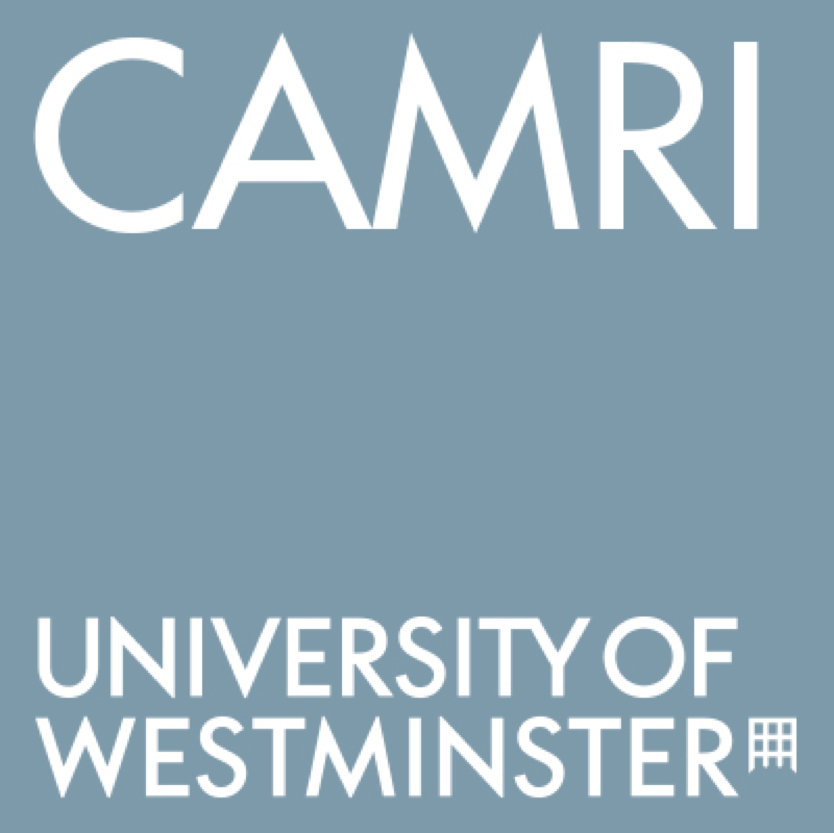At Karachi airport two years ago, among the bestsellers in a busy bookshop, there was a new edition of Mein Kampf – not being sold as a historical, reviled document but as a contemporary “must read” in a dizzily cheery new cover. I was returning to London, where the leader of the Labour party was protesting that he was the victim of prejudice, had always been anti-racist and that accusations of his or his party’s antisemitism were rightwing plots. As if being used as an instrument by the right was proof of innocence for the left.
What goes around it seems, staggeringly, comes around. Jo Glanville’s tough, brilliant little book pins down antisemitism in its fluorescent modern form, but with its bizarre, repetitious history. “All racism shares the idea that the minority group will inflict some kind of harm on the majority,” she writes, “but antisemitism is underpinned by the belief that Jews are secretly in control.” The belief that Jews operate clandestinely across borders has survived from the 12th century up to President Trump’s accusation that “global special interests” were Joe Biden’s puppet masters. In the UK, “anti-liberal elite” politics, the emergence of inward looking localism and nationalism, hostility to the humanities, to London, Manchester, the “metropolitan” centre, have disconcerting resonances.
Thirty years ago, one might have thought that antisemitism was doomed to extinction, a feature of failed, shamed, political systems that betrayed their populations. Now, it has flooded into life, culture and politics, riding on the back of populist politics that depend everywhere on raising fear and righteous indignation and identifying enemies. Was it always bubbling away or has it found new life? Both. In between, was it suppressed, dimmed or not taken seriously? All of those.
In a series of beautifully written (and perfectly translated) essays, Glanville has assembled different national accounts of antisemitism. This binding device illuminates the memory of childhoods formed by piecing together the baffling and terrible fates of families. Mikolaj Grynberg describes how in Poland, a nation stripped of its history, the Holocaust erased first by communist denial and now by an authoritarian regime, picnics and family meals held the secret family story of Auschwitz and the 1968 pogrom that followed the first Arab-Israeli war. Olga Grjasnowa’s family had not wanted to flee to Germany “where the ashes are still warm”, but at least it was in the west; her parents thought it was a better bet for Jews than Azerbaijan. In France, Natasha Lehrer points out that modern antisemitism hides behind the acceptance of equality for Jews going back to the French Revolution, along with a dedication to universalism. Antisemitic attacks are identified in ways that obscure victims and the motives of the attackers (something all the essays stumble over with shock).
Glanville’s own essay shows how antisemitism became embedded in culture. In 12th-century Norwich, the body of a child was found by a forester. It was alleged that the local Jewish community had murdered the child as a ritual “blood sacrifice”, which was in turn part of a worldwide Jewish conspiracy to undermine Christendom. This story then inspired a folk song, Sir Hugh, that morphs through 18 versions in the UK and pops up in African-American and Appalachian forms. Even Steeleye Span did a sanitised take – with few of these singers aware of the history. The roots are no longer visible but the image of Jews as dangerous lives on.
Antisemitism in this collection is a miasma – various, yet always the same: mobilizable. It is now a glue that binds the left and the right. In the wink of an eye, the gilets jaunes movement in France, apparently a spontaneous rising of France profonde against the centralised state, was shouting “filthy Zionist bastard”, taunting old ladies on the street and singing obscene rightwing antisemitic songs. The convoluted politics of the American evangelical, Trump-endorsed right, as Jill Jacobs shows in an astute essay, which supports Israeli politicians while still advocating the conversion and eradication of Jews, is now intertwined with the conspiratorial nationalism of QAnon. It is a noxious tangle of political positions that makes the new variant of antisemitism so deeply alarming. It violates traditional political barriers.
One thing missing from the book is a hard-nosed political scientist looking at electoral politics in the UK: Jeremy Corbyn was not just cheering on comrades in the anti-capitalist struggle, he was also being pulled by diaspora politics within the Labour party.
How can we deal with all of this? Well, recognising problems that stare you in the face is one place to start. This collection, full of vivid intelligence and wit, is more than the sum of its parts – it tells stories that we need to think about right now.
Photo by Andrea Nardi on Unsplash












